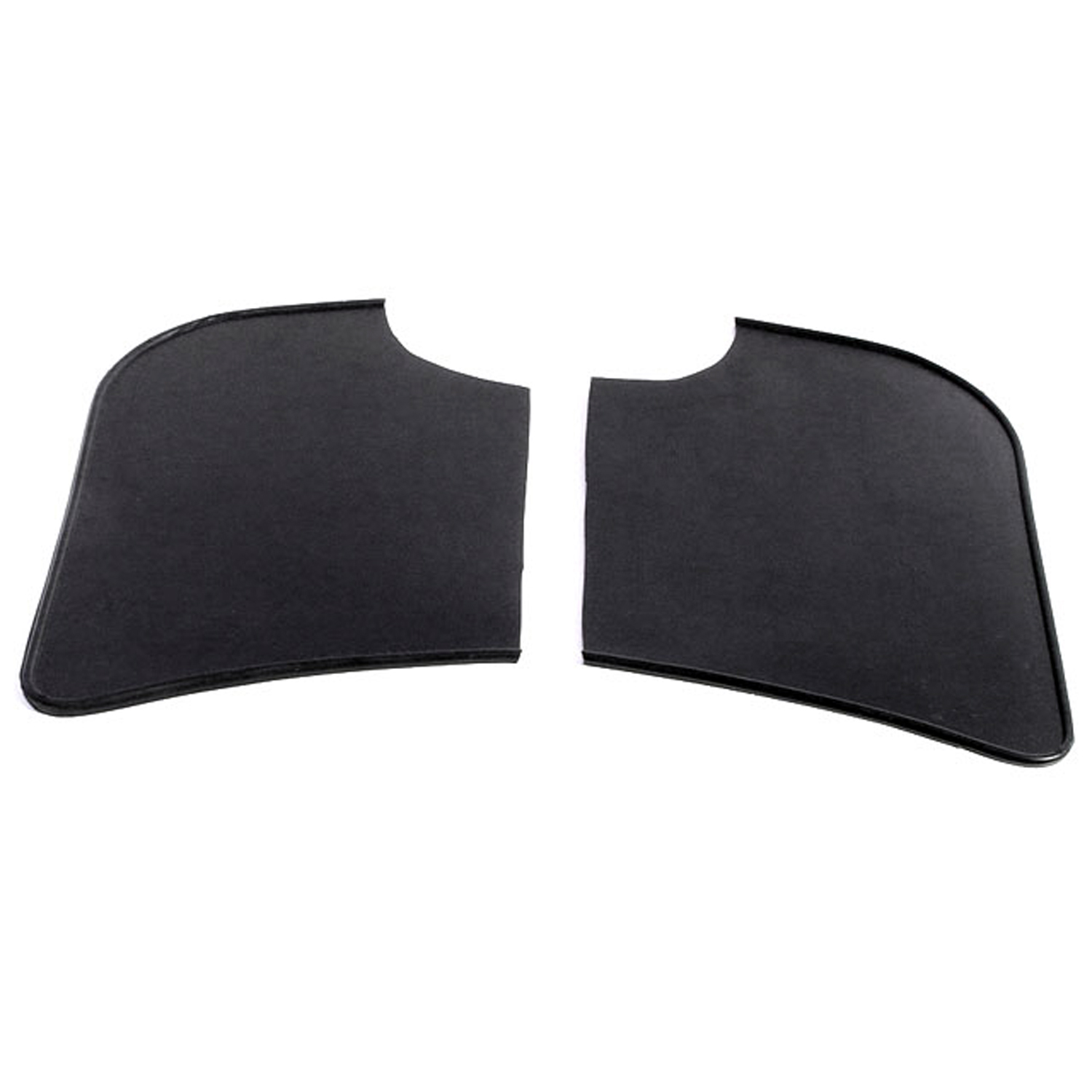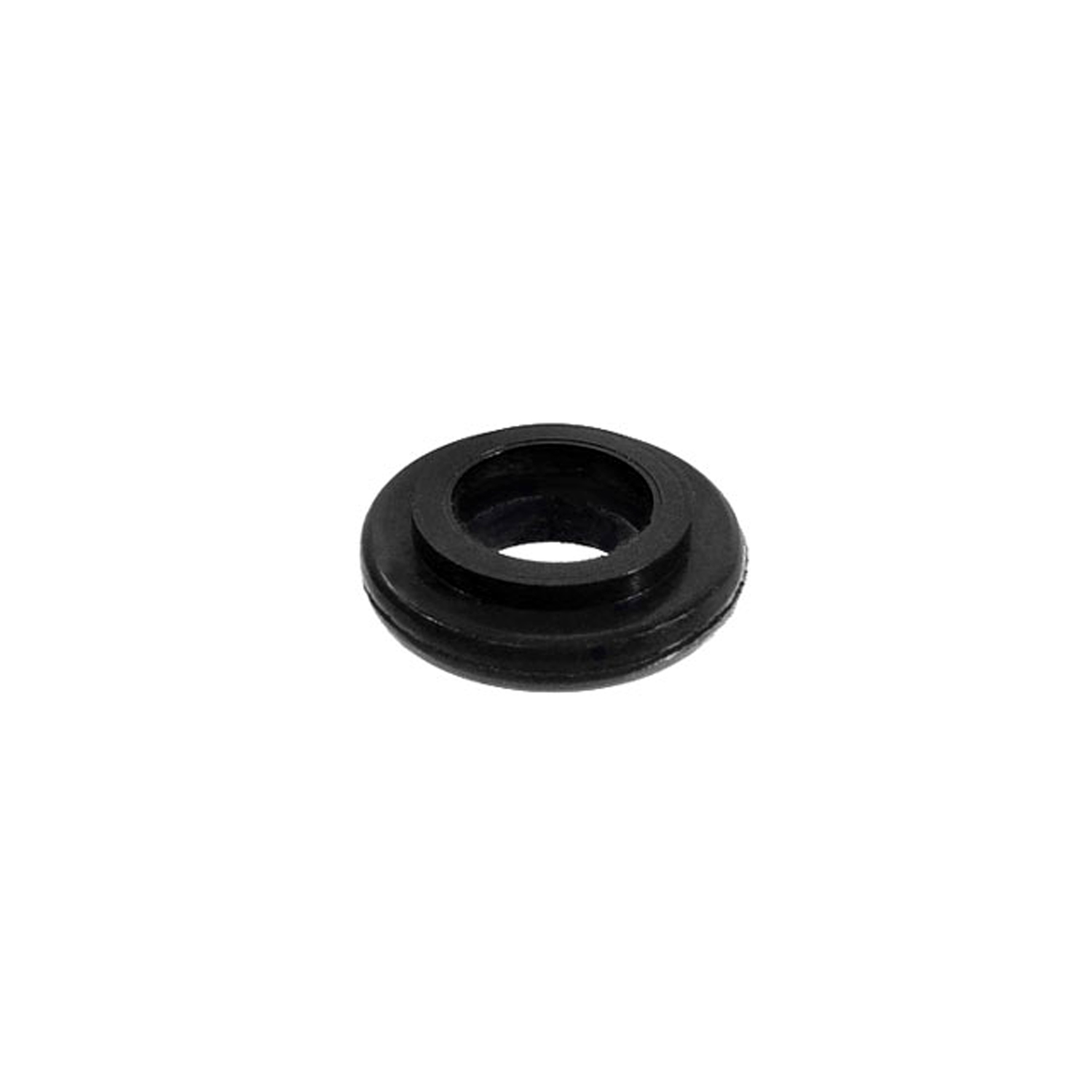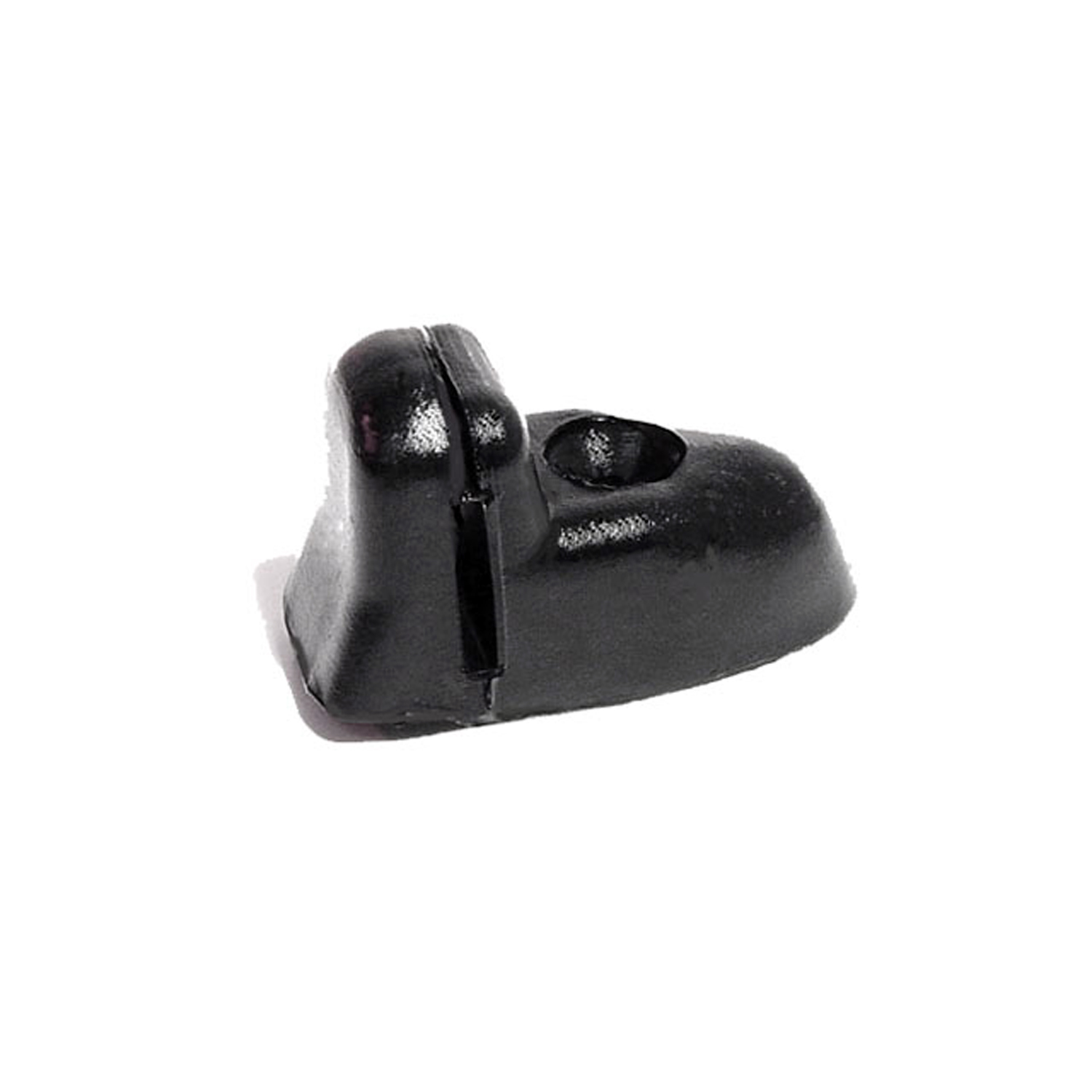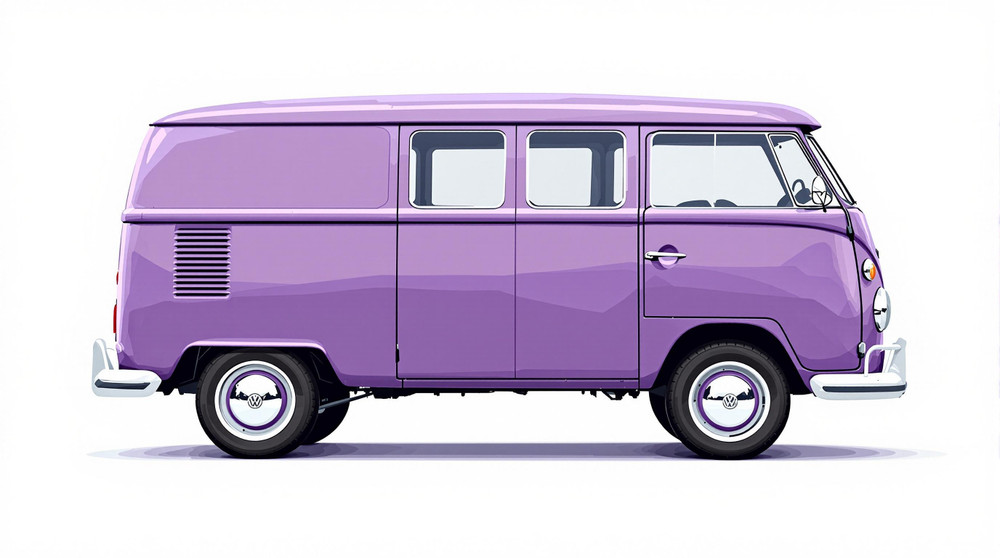Image of 1966 Volkswagen Transporter, Note: These illustrations use artistic license and may differ from actual historical models.
Performance Metrics
Fundamental Metrics
Emotional Appeal
MMP Rating
| Engine Specifications | |
|---|---|
| Engine: | Air-cooled, rear-mounted, flat four-cylinder |
| Displacement: | 1.5L |
| Horsepower: | 54 hp |
| Torque: | 82 lb-ft |
| Compression Ratio: | 7.5:1 |
| Ignition System: | Distributor ignition |
| Cooling System: | Air-cooled |
| Performance Specifications | |
| 0-60 Time: | 37 seconds |
| 1/4 Mile Time: | Not available |
| Top Speed: | 65 mph |
| Transmission and Drive | |
| Drive Type: | Rear-wheel drive |
| Transmission Type: | 4-speed manual |
| Fuel and Efficiency | |
| Fuel System Type: | Carburetor |
| MPG: | 20-25 mpg |
| Dimensions and Brakes | |
| Brakes: | Drum brakes |
| Wheelbase: | 94.5 inches |
| Weight: | 2,646 lbs |
Note: Specifications for classic cars are given to the best of our ability, considering the limited and variant data available.
The Quintessential 1966 Volkswagen Transporter Van: A Journey Through Time
The 1966 Volkswagen Transporter Van is not merely a vehicle; it's a rolling emblem of freedom and adventure that captured the hearts of a generation. Born in the post-war era from the utilitarian vision of the German automaker, Volkswagen, this van was designed to serve businesses and families alike. Its origins can be traced back to the sketches of Dutch Volkswagen importer Ben Pon in 1947, leading to a series of vehicles known as the Type 2, with the 1966 model belonging to the second generation, or T2. A unique fact about this iconic van is its role in shaping the counterculture movement of the 1960s, becoming a symbol of peace and love.
Design and Innovation: A Canvas on Wheels
The exterior styling of the 1966 Volkswagen Transporter Van is instantly recognizable with its rounded silhouette, split windshield, and V-shaped front end adorned with the unmistakable VW emblem. The interior was a testament to simplicity and functionality, featuring durable materials that could withstand the rigors of long road trips or commercial use. Technological features were modest by today's standards, but innovative for its time, including a flat-four air-cooled engine mounted at the rear. Color options ranged from muted tones to vibrant hues, with Sea Blue and Velvet Green being among the popular choices. The most iconic body style was undoubtedly the Microbus with its multiple windows and flexible seating arrangements.
Historical Significance: More Than Just a Van
The 1966 Transporter Van's impact on automotive design was profound, offering a spacious interior within a compact footprint, which inspired many imitations. It set itself apart with its air-cooled engine and rear-wheel drive layout, influencing the design of future people carriers. Its cultural impact as a symbol of freedom and nonconformity endures to this day.
Performance and Handling: The Joy of the Journey
Performance-wise, the Transporter was never about speed; it was about the journey. With a top speed hovering around 65 mph and leisurely acceleration, it encouraged a more relaxed approach to travel. The vehicle's handling was straightforward and honest, with a smooth ride that absorbed bumps commendably. Driving one was an immersive experience—the distinctive hum of the engine, the panoramic view from the driver's seat, and the tactile feedback from the simple controls made every trip memorable.
Ownership Experience: Versatility at Its Core
Owners of the 1966 Volkswagen Transporter Van used it for everything from daily commuting to cross-country exploration. Its reliability was legendary, and its mechanical simplicity meant that maintenance and repairs could often be performed by the owners themselves. It was a car that forged a deep connection with its drivers.
Fun Facts: The Transporter's Legacy
This van has seen its share of limelight with rare editions like the Samba or Sunroof Deluxe models, and celebrity ownerships including Jerry Garcia of The Grateful Dead. While it didn't set speed records, it set records for versatility and became an enduring icon of automotive history.
Collector's Information: A Coveted Classic
Today, the value range for a well-preserved 1966 Volkswagen Transporter Van can vary greatly, with some fetching upwards of $100,000 depending on condition and originality. It's estimated that many of these vans still survive due to their robust construction and passionate following. The market trend for these vehicles has generally been appreciative, as they have become sought-after collectibles for enthusiasts around the globe.
Conclusion: The Legacy of the 1966 Volkswagen Transporter Van
The 1966 Volkswagen Transporter Van is more than just a classic vehicle; it's a cultural icon that represents an era of change and exploration. Its design, functionality, and enduring appeal continue to captivate enthusiasts and collectors alike. As we look back on this remarkable piece of automotive history, we're reminded that sometimes, it's not about the destination—it's about how you get there.
1966 Volkswagen Transporter Catalog of Parts
 1966 Volkswagen Transporter Gravel Shields. Molded flat without metal backing plates-FS 40Gravel Shields. Molded flat without metal backing plates. Apply with contact cement. 7-5/8" long X 5-5/8" wide at top. Pair
1966 Volkswagen Transporter Gravel Shields. Molded flat without metal backing plates-FS 40Gravel Shields. Molded flat without metal backing plates. Apply with contact cement. 7-5/8" long X 5-5/8" wide at top. Pair 1966 Volkswagen Transporter Oil Cooler Seal. 7/16" I.D., 7/8" O.D. Each-RP 8-BOil Cooler Seal. 7/16" I.D., 7/8" O.D. Each
1966 Volkswagen Transporter Oil Cooler Seal. 7/16" I.D., 7/8" O.D. Each-RP 8-BOil Cooler Seal. 7/16" I.D., 7/8" O.D. Each 1966 Volkswagen Transporter Windshield Wiper Hold-Down Grommet-SM 35-AWindshield Wiper Hold-Down Grommet. Fits in front of windshield. Two used per bus. Each
1966 Volkswagen Transporter Windshield Wiper Hold-Down Grommet-SM 35-AWindshield Wiper Hold-Down Grommet. Fits in front of windshield. Two used per bus. EachWhy Choose Metro?
For over 100 years, Metro Moulded Parts has been the pinnacle of quality in classic car restoration parts. Our commitment to precision and authenticity in every component ensures a perfect fit and an OEM-level appearance.
- Expert Craftsmanship & Quality: Each part is a testament to our dedication to reliability and perfection, crafted from original designs and thoroughly tested.
- Advanced Technology: We use cutting-edge techniques to create flawless, long-lasting parts that surpass others in performance.
- SuperSoft Sponge – The Ultimate Door Seal: Not only are our door seals 30% softer than competitors', but they're also guaranteed to never leak. They effectively reduce wind and road noise, enhancing your classic car's comfort and driving experience.
- Proudly American: Our parts are a product of American craftsmanship, made in the USA with a spirit of excellence and heritage.
- Unrivaled Warranty: We back our products with a 30-year industry-leading warranty, a testament to our confidence in their quality.
Join us in preserving the legacy of classic cars with parts that are crafted for perfection, not just made.

